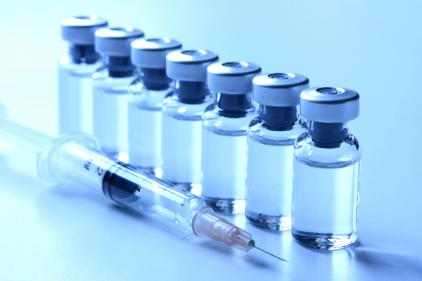
Photo from FDA
Inki Lee
Decades of hesitancy about vaccines have lowered vaccination rates leading to a recent resurgence in measles. Measles is a highly contagious disease. In 2000 it was declared eliminated from the United States because none of the 86 diagnosed cases documented resulted in transmission. While the early history of vaccination was a bit spotty, it’s modern application represents one of the most successful public health interventions in history.
Hesitancy regarding vaccines is undoing this good work. A common concern is exposure to mercury from the use of thimerosal, which is a preservative. Studies have found that ethylmercury, which is the mercury source in thimerosal, is broken down and excreted from the body very quickly. There are no credible links between thimerosal and harm. Nevertheless, to assuage concerns, there are now thimerosal-free vaccine options.
Formaldehyde is used to inactivate the virus and neutralize bacterial toxins so that vaccines don’t cause sickness. Formaldehyde can cause cancer when there is exposure to large quantities over a long period of time. Formaldehyde is a normal human metabolite and is naturally present in the human body in small amounts. The amount of formaldehyde present in vaccines is unlikely to affect natural formaldehyde levels.
Aluminum is added to vaccines to make them more effective in smaller doses. Some people wonder if long-term exposure to aluminum may result in disease. Aluminum is ever-present. It is in the food and water we consume. Aluminum has been used safely in a wide variety of products for a long time. It seems unlikely that the relatively small amount of aluminum used in vaccines will have much influence on health.
There are concerns that the use of antibiotics and gelatin in vaccines could trigger an allergic response. Since antibiotics are removed during the vaccine purification process, there are only trace amounts left after production; too little to cause an allergic reaction.
The amount of gelatin in vaccines varies with each vaccine, from 0.0015 mg on the low end to 14.5 mg on the high end. If gelatin allergies are a concern, alternatives and exemptions are available. The rate of severe allergic reaction to gelatin in a vaccine is estimated to be fewer than one in every two million vaccinations.
The odds of a severe allergic reaction to antibiotics in vaccine are estimated at one in a million. For context, the odds of being struck by lightning in one lifetime is 1 in 3,000.
Vaccines are safer than many of the products that we use or consume on a daily basis. The risk of harm from the diseases these vaccines limit or prevent outweighs all known risks including possible exposure to chemicals.
https://www.verywellhealth.com/vaccine-additives-and-preservatives-2633691
https://www.publichealth.org/public-awareness/understanding-vaccines/goes-vaccine/
https://www.healthline.com/health/vaccinations/opposition#results

